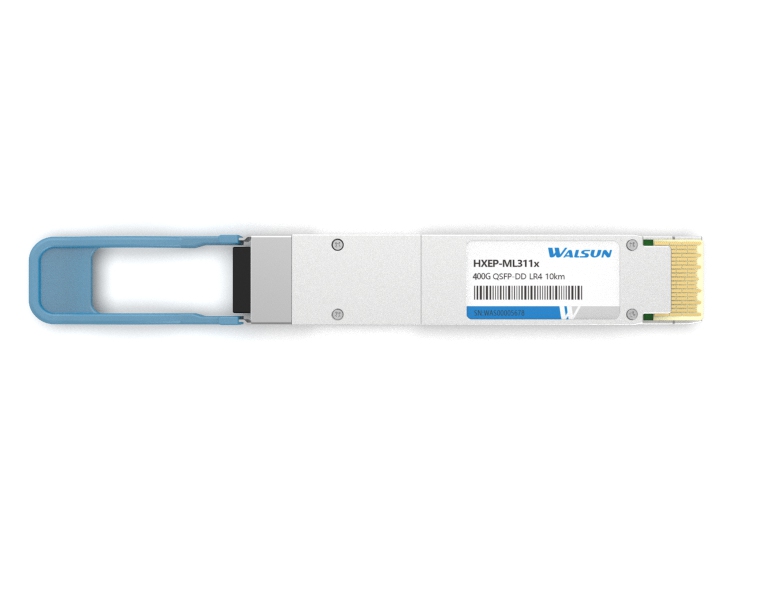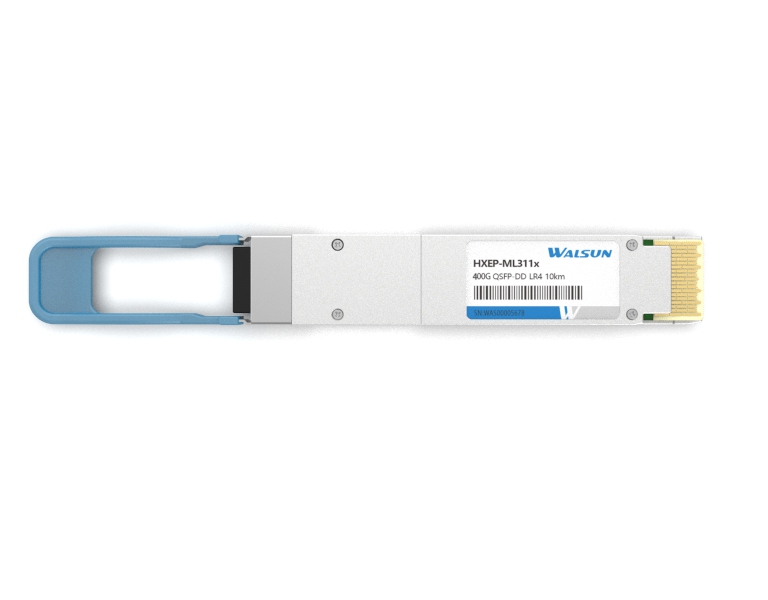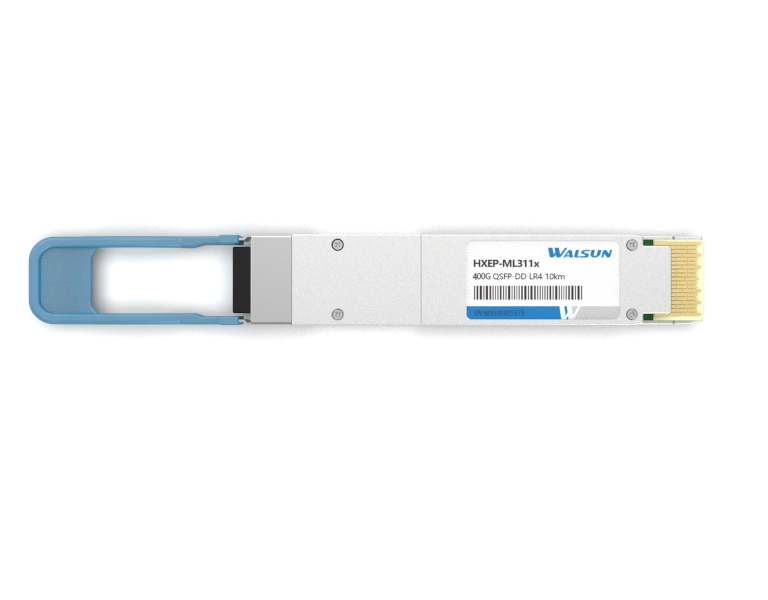PRODUCTS

- Wavelength division multiplexing (WDM) includes coarse wavelength division multiplexing (CWDM) and dense wavelength division multiplexing (DWDM). It refers to the simultaneous transmission of multiple signals of different wavelengths over a single fiber. The main purpose WDM is to increase the available bandwidth of the fiber and to expand capacity without laying additional fiber optic cables. The1920

- QSFP-DD (Quad Small Form-Factor Pluggable Double Density) supports speeds of up to 400 gigabits per second (Gbps).Why QSFP-DD over other 400G capable form factors (OSFP, CFP8, & COBO)?When compared to the octal small form pluggable (OSFP), the QSFP-DD is quite similar. Both utilize eight lanes to achieve 400G data rates (8x50G), however, the OSFP is planned to later support 800G signals. The Q1357

- The QSFP-DD 400G LR4 optical transceiver achieves a data rate of 400Gbps by using four parallel lanes of 100Gbps each. This means that it can transmit and receive data over four different channels simultaneously, allowing it to achieve the high data rate. The transceiver also uses advanced modulation techniques and high-speed electronic components to process the data at such high speeds. Additiona872

- QSFP-DD (Quad Small Form Factor Pluggable Double Density) is a transceiver module used in high-speed data communication applications, such as data centers and high-performance computing networks. It is designed to support data rates of up to 400 Gbps.The QSFP-DD module works by transmitting and receiving data over multiple lanes or, typically using parallel fiber optic cables. It supports up to 81741

- The QSFP-DD 400G LR4 optical transceiver can reach up to 10 kilometers (6.2 miles). This makes it suitable for long-distance data transmission in high-speed networking applications.Why QSFP-DD over other 400G capable form factors (OSFP, CFP8, & COBO)?When compared to the octal small form pluggable (OSFP), the QSFP-DD is quite similar. Both utilize eight lanes to achieve 400G data rates (8x50G)610


 CHS
CHS Walsun Mall
Walsun Mall










